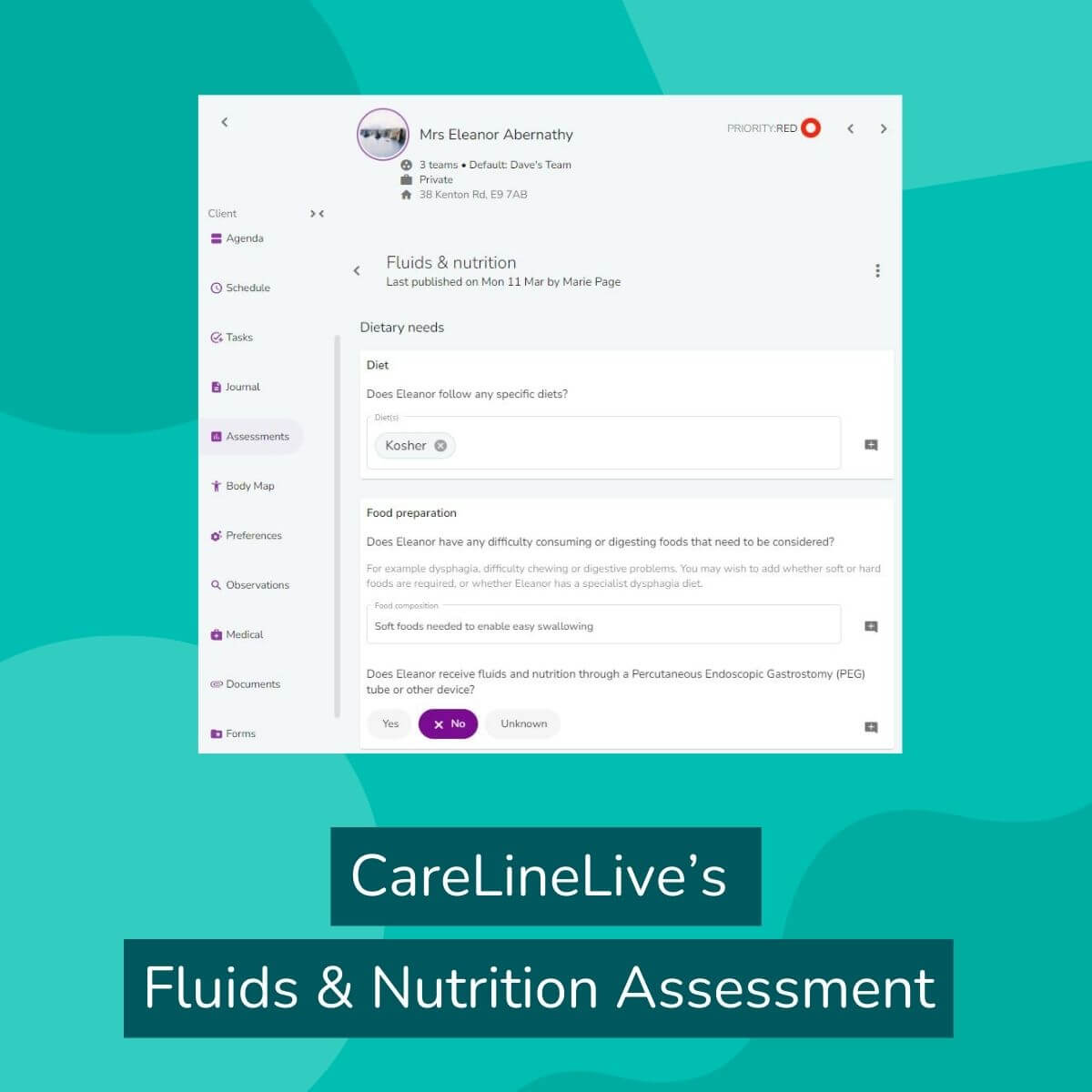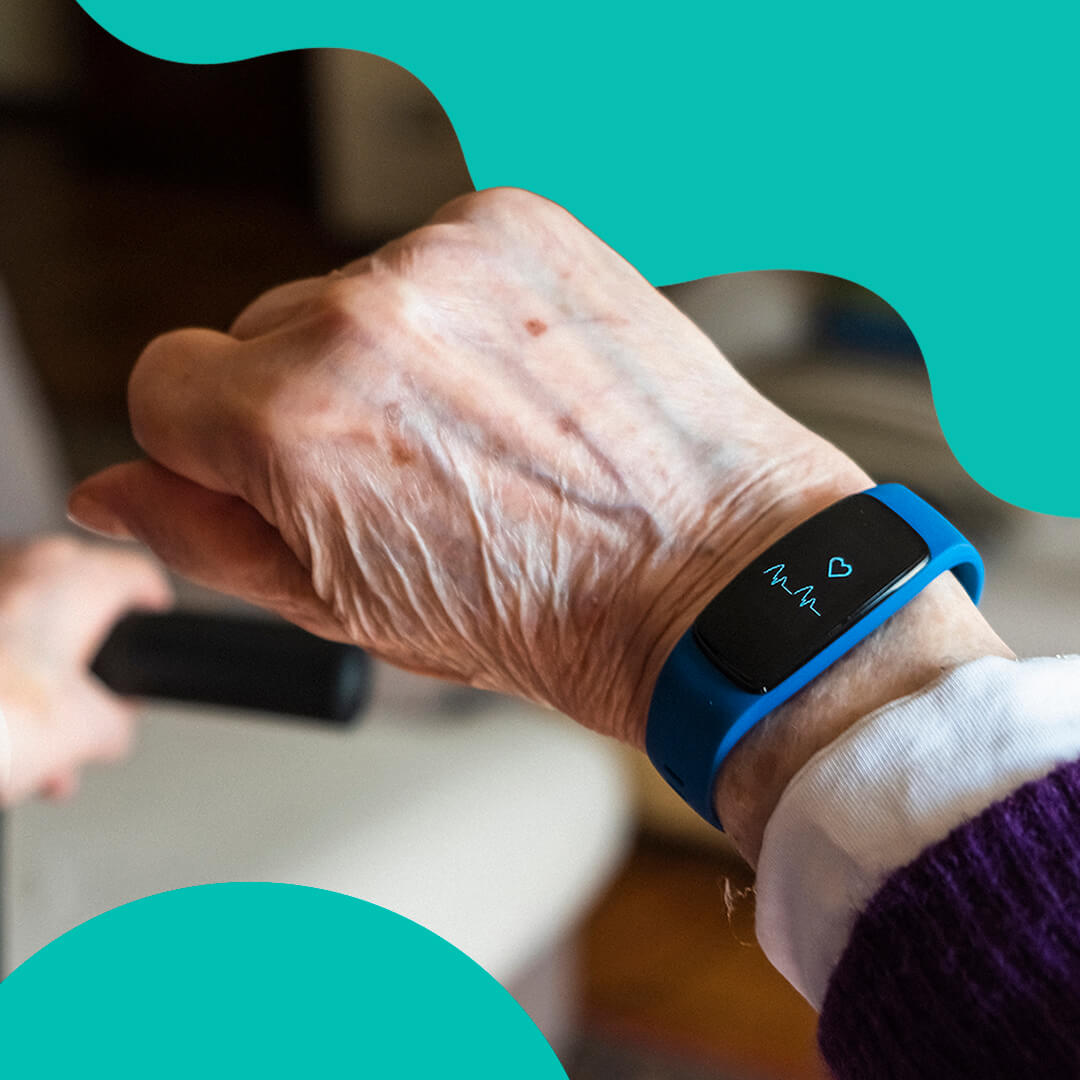We sat down with Development Director Dec Norton to catch up on his thoughts on what homecare providers can expect in 2023.
What will agencies and carers be looking for from their technology in 2023?
Technology is helping carers and agencies take a preventative approach to home care. Problems can be addressed before escalation or referral is needed, possibly resulting in hospital admission. Not only will this reassure all stakeholders in the circle of care but it’ll also help to ease the pressure on the NHS by freeing up hospital beds.
They will also be looking for easy-to-deploy technology. We appreciate that agencies have a lot of plates spinning and know that they need simple, easy-to-use technology. Technology that all carers and members of the circle of care can access and use with ease. This ease of deployment allows for a smoother operation and therefore more focus on giving care.
How will home care technology support carers and agencies during the recession?
Within agencies, home care technology will ensure that resources are optimised. Carers will be able to spend more time caring and less time on admin. A paperless system saves time and energy, whilst improving efficiency and helping to minimise costs.
Thanks to technology care workers are able to do what they do best: care for those that need it. Technology allows for visits to be more efficient due to all information being accessible in one place; it allows them to get a “heads up” on who they’re visiting and what their needs are. It also helps with travel routes, optimising them to reduce fuel costs as well as journey times.
How should tech providers adapt over the coming months to meet the needs of the home care sector?
Firstly, by ensuring that the actual needs of the circle of care are at the centre of product design and also that communication is prioritised. If new features or products are developed, they need to be able to ease the strain on resources and help support agencies and carers through the crisis we’re facing.
Secondly, tech providers need to be agile. To meet the changing needs of providers, it’s important to continually innovate, and bring out enhancements and additions to products frequently and quickly. We’re operating in a fast-moving sector, and the software needs to be able to keep up.
What tech are you excited about in the coming year/s?
I am looking forward to seeing more tech to be provided within the home. We’ve all heard of smart home features, and voice activation, but it’ll be interesting to see how more healthcare support is brought into the comfort of your home. This will make medical care much more accessible but also make the care already provided in the home more streamlined and efficient.
Use of wearable technology also opens new avenues to providing a more efficient service; carers won’t have to get out their phone to type notes. They could simply dictate to their smart watch instead. Although blood sugar level detection services (where a sensor is inserted under the skin) are currently in use, new developments will see service users monitor their health diagnostics using non-invasive laser sensor technologies; heart rate, ECG and oxygen levels can all be monitored, and a recent breakthrough by Kennesaw State University means non-invasive blood sugar monitoring could be a possibility in the near future.
In theory, it will mean that the client wears a smart watch throughout the day, a carer arrives and can download the data for the last 24 hours so they can see how heart rate, ECG, blood pressure and blood sugar levels have changed.
What can businesses in the tech sector do to help future-proof against the recession/economic uncertainty?
It’s important to remain empathetic with your customers; they’re all feeling the same uncertainty as you. There is no silver bullet to survive a recession, but retaining a strong and trusting relationship with your users will help you persevere through any uncertainty.
How will the tech sector be affected by the cost of living crisis and/or the incoming recession?
Much of the technology sector is still reliant on investment. There are seemingly endless opportunities to solve problems and without money flowing as freely as in previous years we’re likely going to see a deceleration in advancements.
Saying that, we’ve heard a number of stories of huge layoffs in technology companies that didn’t anticipate the effects of the bounce-back from COVID. There’s an opportunity for companies to snap up skilled workers and contribute towards the growth of their respective sectors.
Reflecting on the past year, which developments at CareLineLive have had the biggest impact on your clients?
The last year has been packed with new features and updates for us; being a platform that aims to be holistic we’ve always got our attention on all aspects of running a home care business.
To aid with rostering and scheduling, we’ve introduced new tools to get better visibility of your roster for extended periods; “at a glance” indicators for carer activity; employee work patterns, including minimum and maximum hours; improved holiday entitlement tooling, and many more.
To keep up with local authority billing, we’ve added a number of new integrations to ensure providers can safely and accurately submit any required data for billing and we’ve recently launched percentage-based split billing to accommodate part-funded service users.
With the introduction of the CQC’s new assessment framework, we’ve renewed our focus on giving providers the tools to capture and evidence information that helps ensure their inspections are smooth-sailing.
From a tech perspective, what’s on the horizon for CareLineLive in 2023?
We’re excited to continue growing our team and exploring how new and emerging technologies can be utilised in this sector. With the pervasiveness of wearables, we’re keen to explore how they can be used to enhance experiences within the care circle.
How will you adapt in 2023 to ensure that you’re always meeting the needs of the circle of care?
Throughout next year, we’ll be continuing our investment into giving home care providers the tools they need to operate efficiently; we’ll be enhancing our capabilities to work in different contexts within the sector, to better support social care providers that work in hybrid contexts, such as Extra Care and Supported Living.



